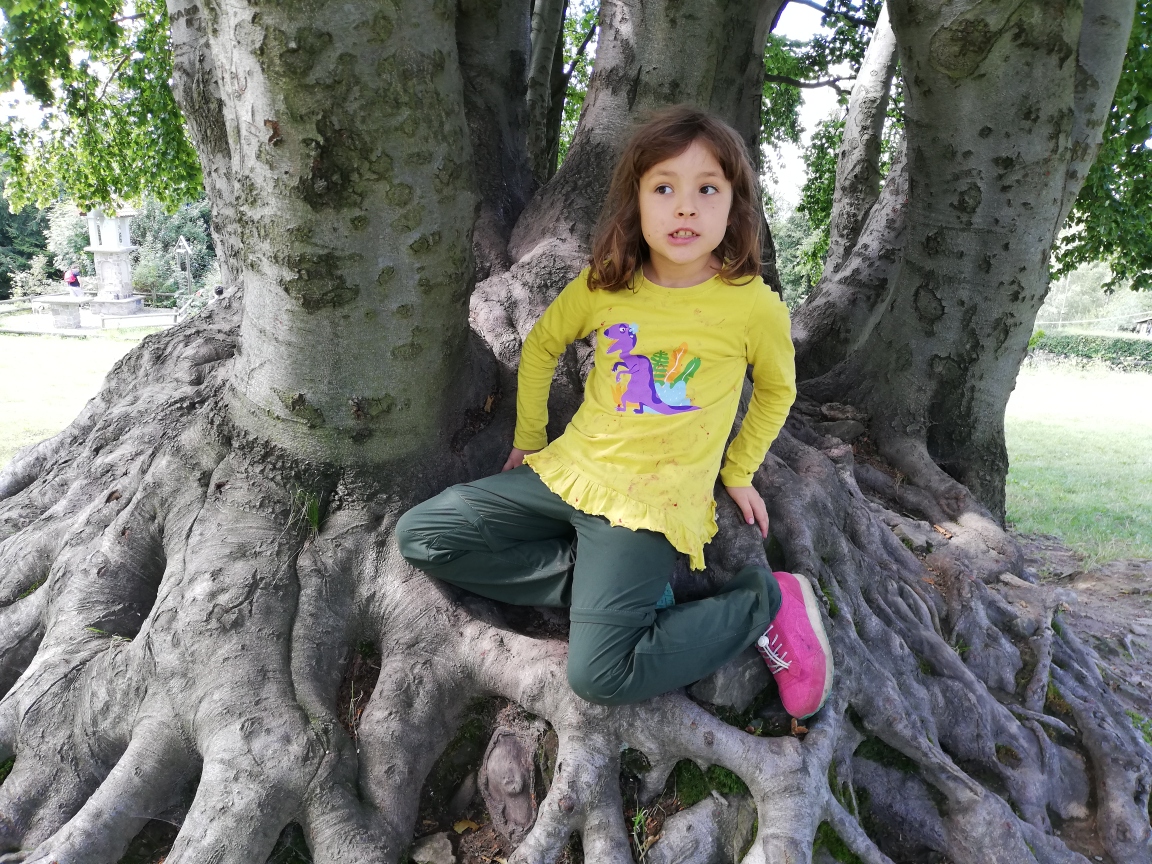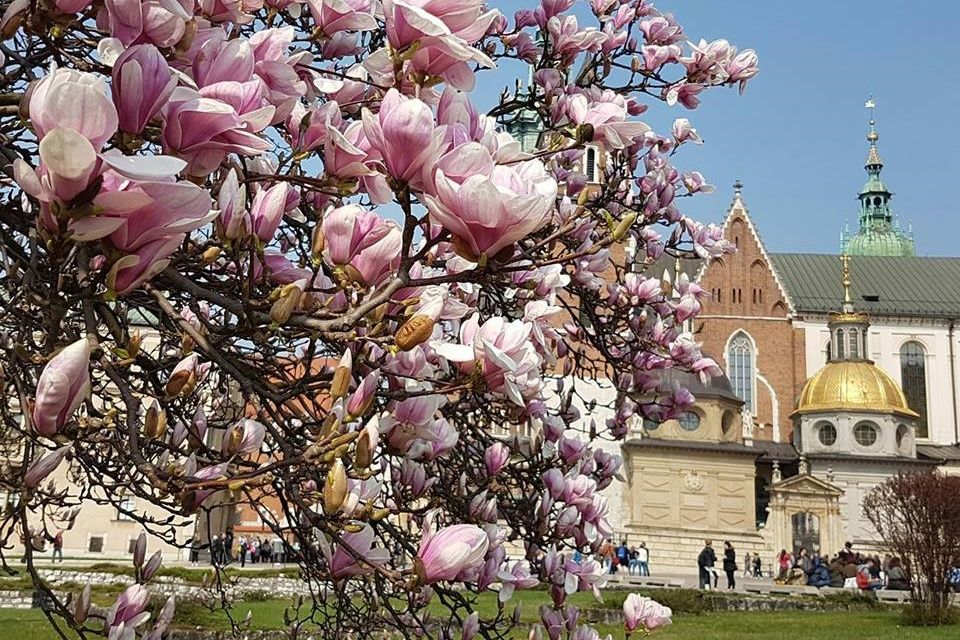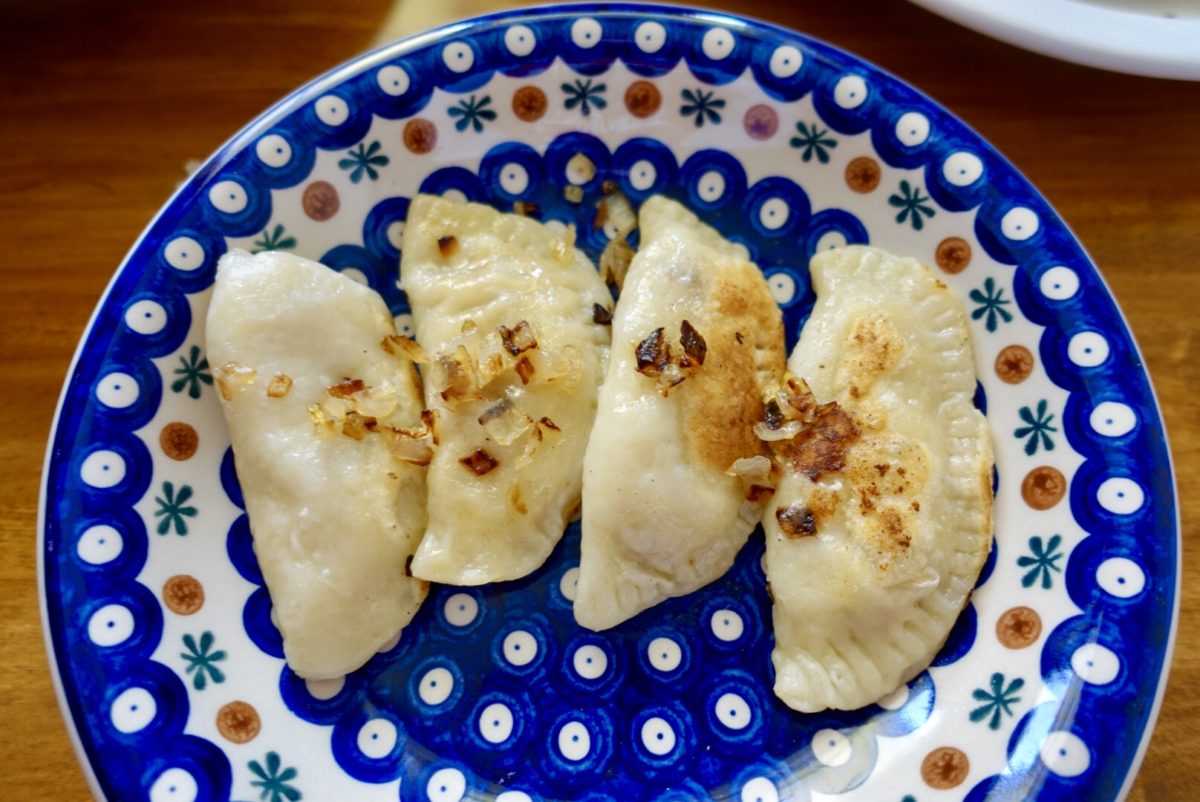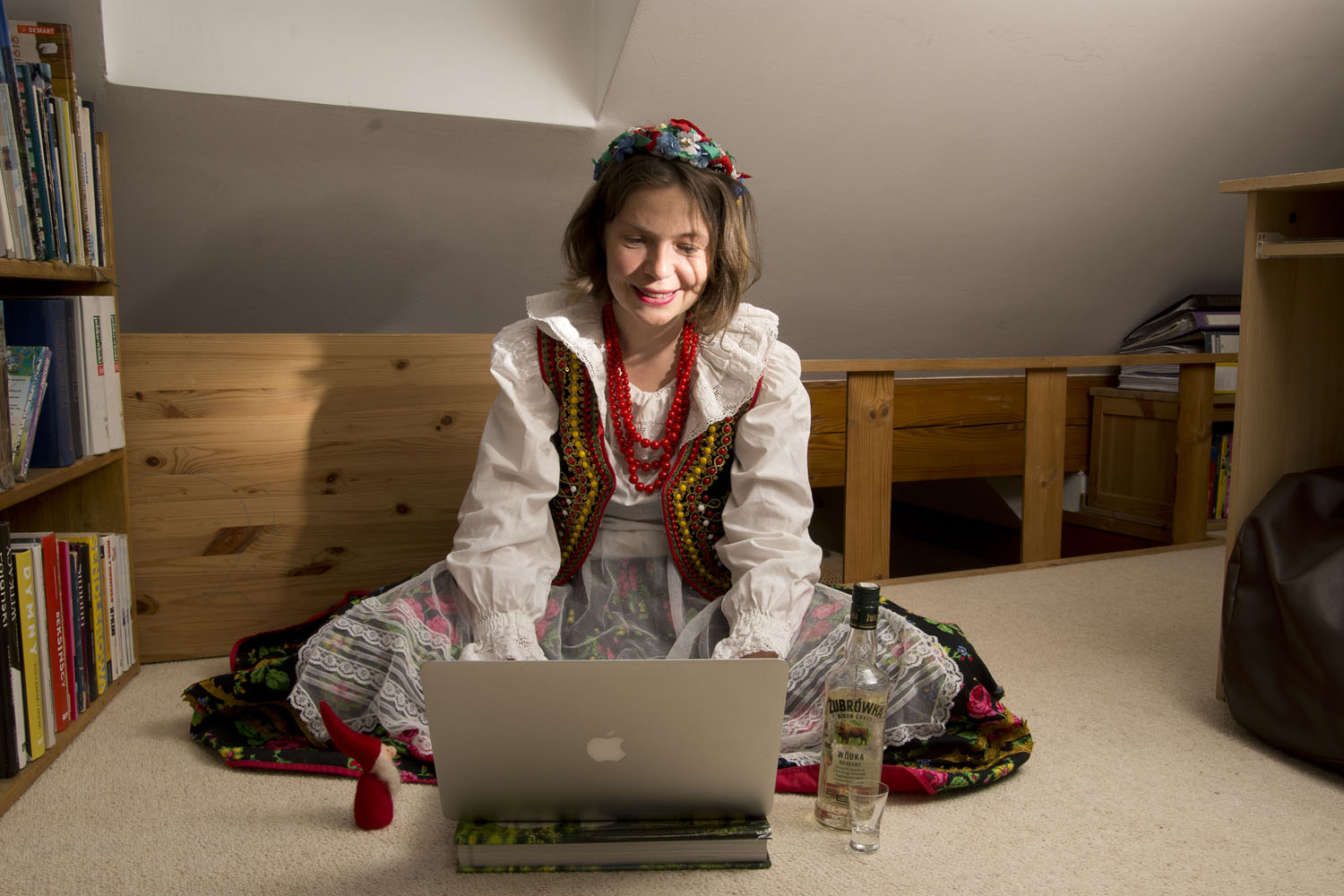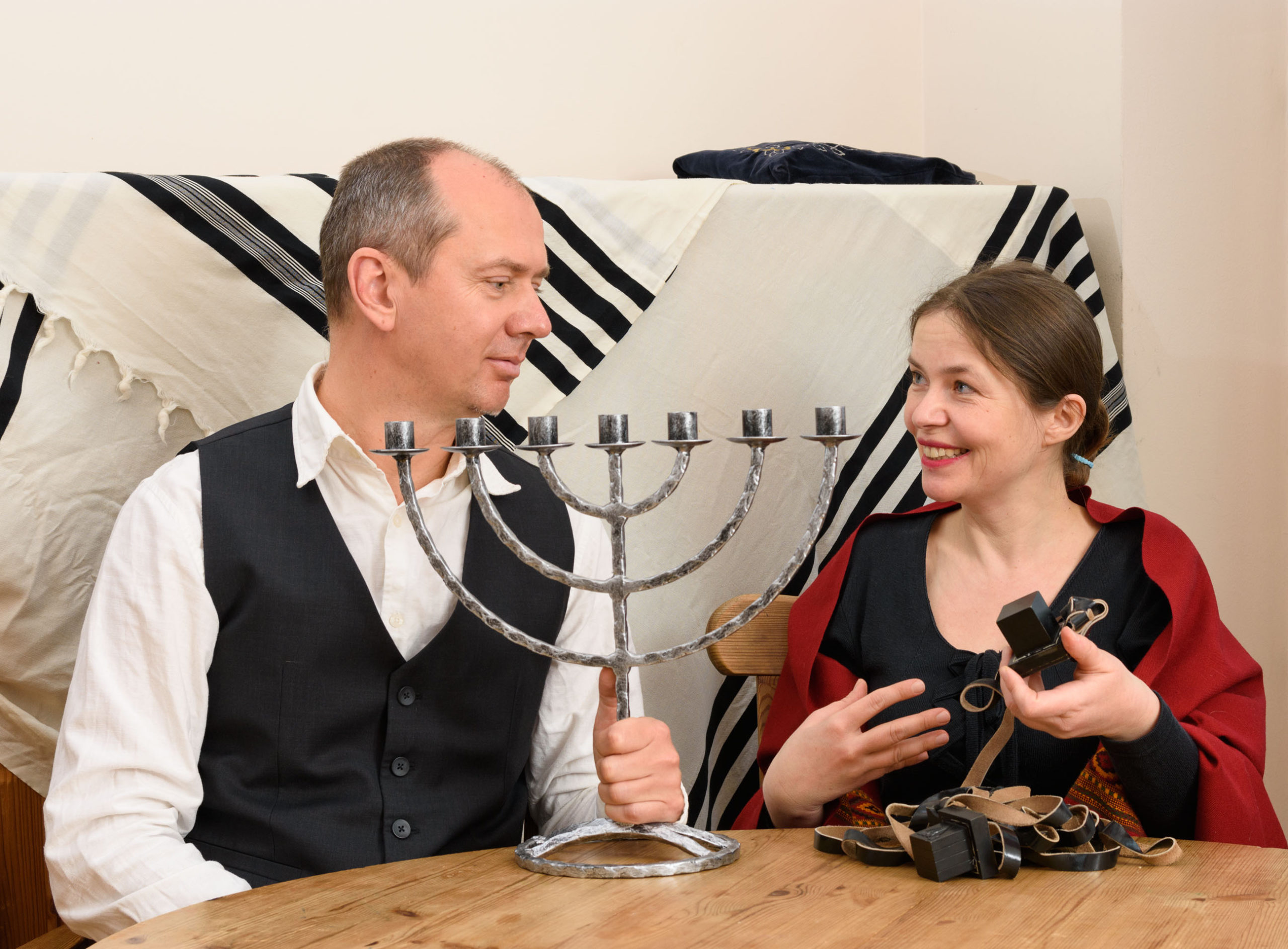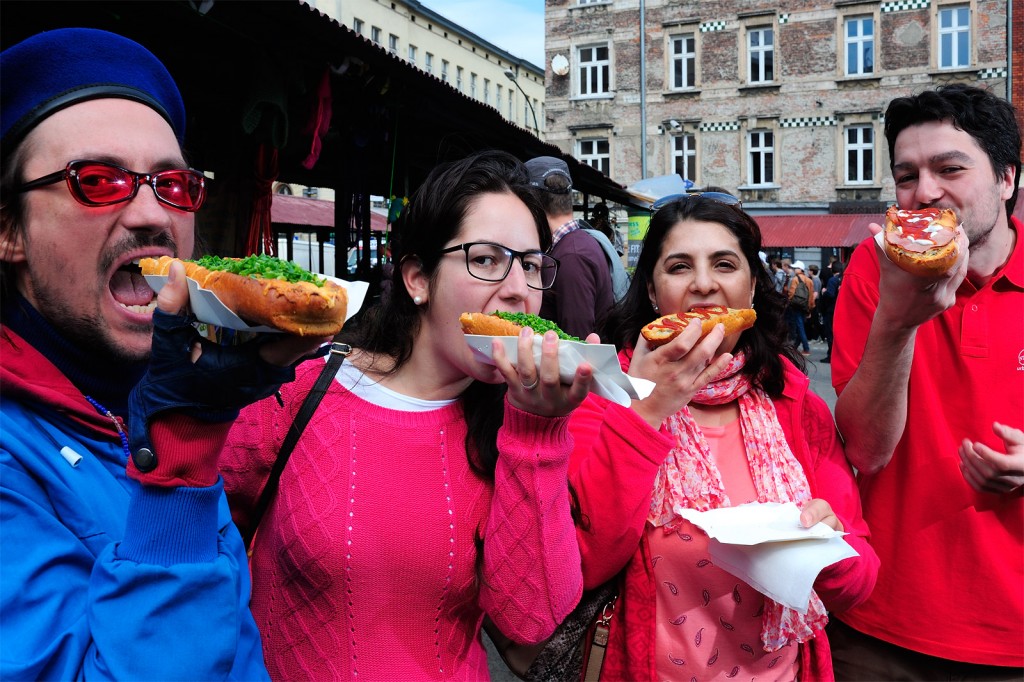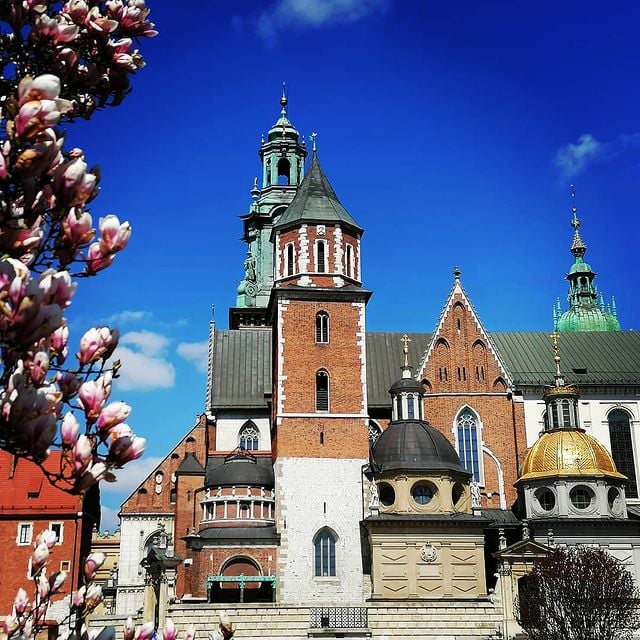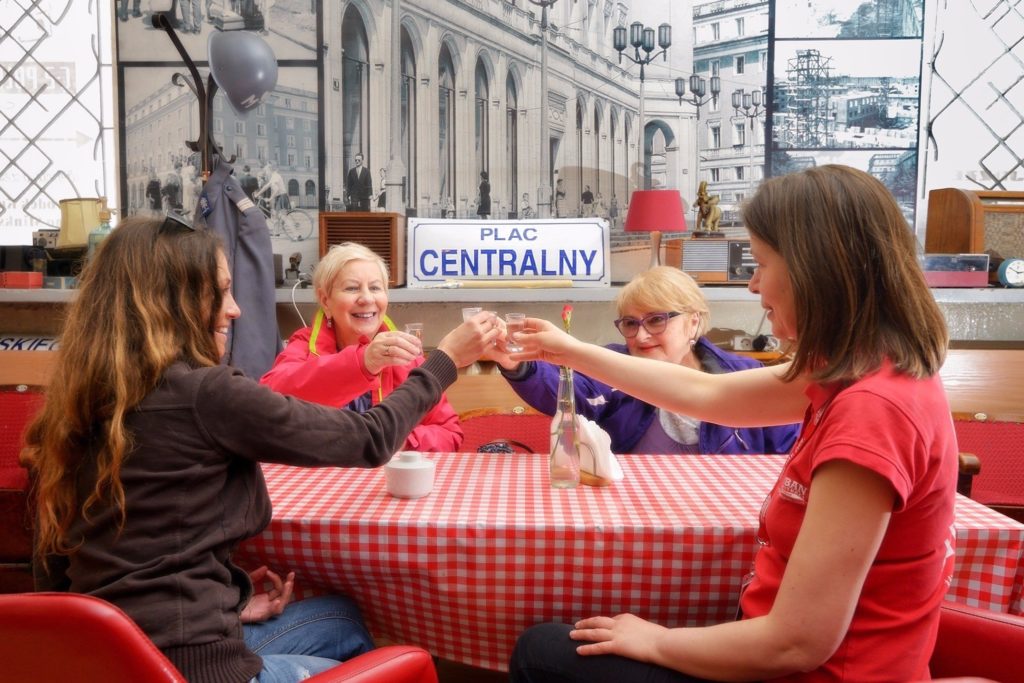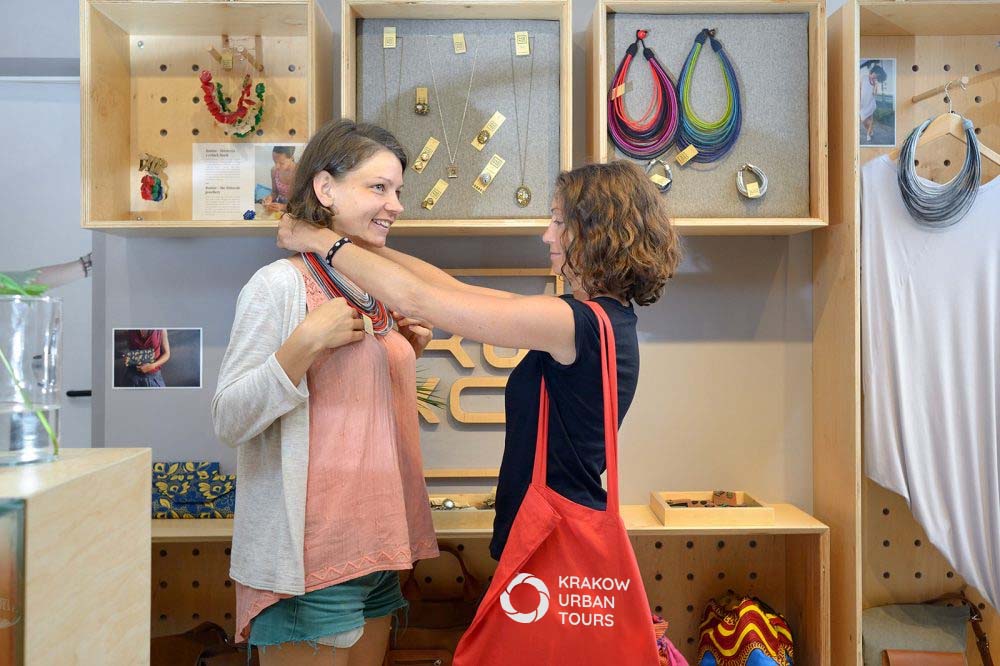The annual Krakus Aires Festival celebrates Krakow’s favourite dance | Photo by Meg Skoczylas
On any given night in Krakow, there’s a milonga happening somewhere.
The sultry tango may have its roots in Argentina and Uruguay, but at some point the dance worked its way from South America across the Atlantic, and landed in the most unlikeliest of places: Communist Poland. And while most tourists who visit are convinced the country’s national dance is the polka or the krakowiak, and that locals have been dancing these moves since their childhoods, I’m here to tell you that’s simply not the case.
Polka is actually a folk dance from the Czech Republic and only some children here in Poland know how to perform it properly. Krakowiak, on the other hand, is a Polish dance — but to be honest, nowadays it is much better known by Polish immigrants in the United States than by actual citizens of Krakow. Of course, you can easily book to see a Polish folk show at a fancy restaurant in the city centre, from the reception desk of any Krakow hotel. But it’s not a dance that locals typically practice.
So, what do we dance? Well, everything from salsa to afrodance, and flamenco to classical saloon dances like the waltz or cha-cha. But without a doubt, it’s the tango that is the number one hero. You’ll see locals dancing in parks, on street corners or in courtyards, and there are a plenty of tango schools and events. There are milongas (tango parties) organised daily both in clubs and in private homes. Krakow even has its own tango hotel — it’s small and centrally located, beautifully decorated, and perfect for travellers who like good coffee, stunning surroundings and constant tango music in their room.
There’s no official answer as to why tango is so wildly popular in Poland, but I do believe it has something to do with the fight for freedom during the country’s Communist era. While the dance was popular even at the beginning of 20th century, its growth coincided with post WWII Poland. At a time when everything was grey and forbidden, the tango, often referred to by Poles as ‘the sad song of the soul’ or ‘a sexy protest,’ was a way to show opposition to the cruel, strict policies of the communists. After all, could there be anything more offensive to the regime than romantically minded, colourfully dressed couples dancing happily in clandestine basements all over city?
Tango even runs deep within my own personal life, as it’s how I met my husband. Many years ago, we were both visiting a mutual Argentinian friend, who was living in Lisbon at the time. And during our first conversation, we realised there was a common topic between us. It was, of course, tango. Stefano used to dance it in Italy, I in Poland, and in Lisbon we had our first dance together, atop one of those panoramic points of the city during a summer sunset. No big surprise it was enough to fall in love, right?
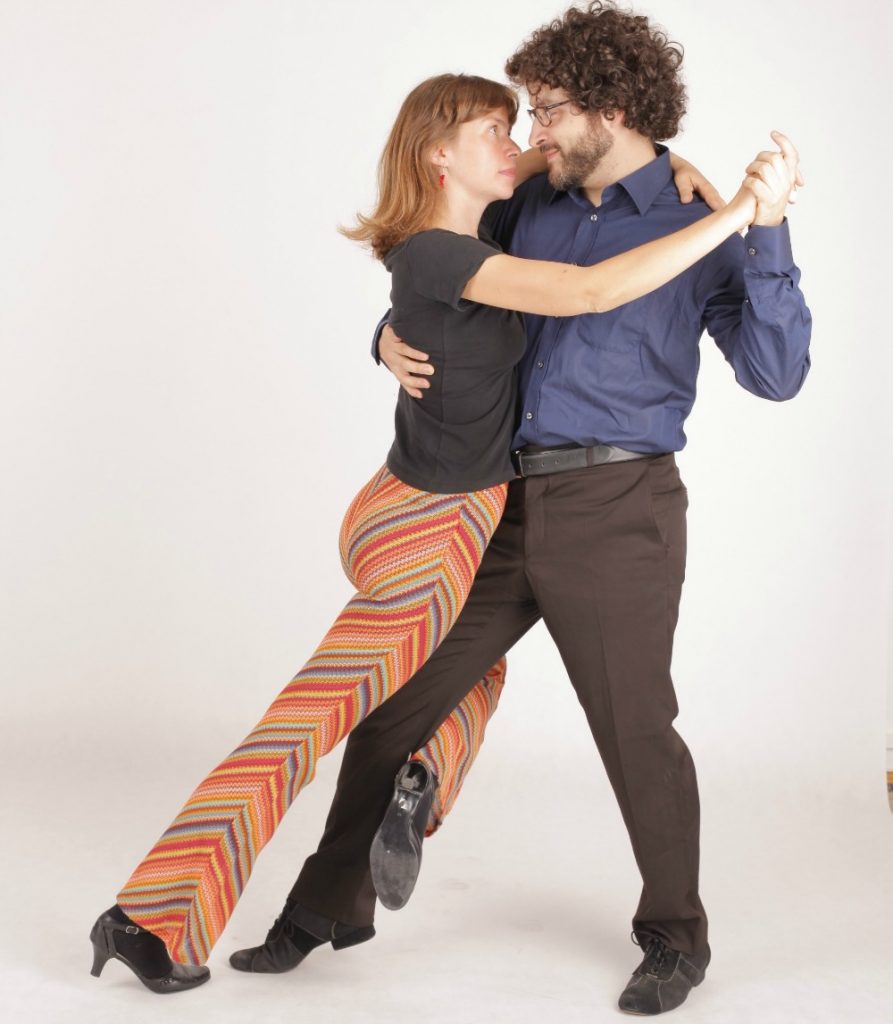
Monika, her husband and the tango | Photo by Krzysztof Racon
To experience the true heart of tango in Krakow, it’s best to come in early May for the annual Krakus Aires Tango Festival, the biggest tango event in town. According to its creators, it is a special bridge between the eastern and western worlds of tango, and a chance to explore the city by dancing it, with maestros from many countries.
The festival features workshops and shows, and in the evenings there are even more milongas than usual all over the city. The experiences are amazing, from dancing the tango in the huge chapel of the Wieliczka Salt Mine, deep underground, to trying your steps inside Slowacki’s Theatre, one of the most beautifully decorated buildings of the city.
If you can’t come during the festival, you’ll still have no trouble finding a place to dance. There are several different schools of tango in Krakow — one of which is TangoVirri at 20 Rajska Street, run by our friend Michal Gabrys. Our whole Krakow Urban Adventures team loves to meet there and chat while we wait for the afternoon dance classes and milongas to begin. An alternate option that I also really like Tangonuevo at 13 Westerplatte street.
There’s a tango event happening somewhere in the city every night of the week, so if you’re visiting Krakow, we suggest you forget the polka performances and instead experience a night of tango. Note that all the places listed below are for people who already know at least the basic steps.
Monday:
Milonga Loca, 51a Miodowa Street
Milonga time: 9pm – 1am
Entrance fee: PLN 5 (EUR 1,5)
Tuesday:
Practice in Tangonuevo, 13/3 Westerplatte Street
Practice time: 8pm – 11pm
Entrance fee: PLN 10 (EUR 2,5)
Wednesday:
Piwnica pod Baranami , 27 Rynek Główny (Main Market Square)
Practice and milonga time: 8pm – 11pm
Free entrance
Thursday:
Milonga El Abrazo, 1 Plac Świętego Ducha
Milonga time: 9pm – midnight
Entrance fee: PLN 5 (EUR 1,5)
Friday:
Milonga Infierno in Tangonuevo, 13/3 Westerplatte Street
Milonga time: 10pm – whenever!
Entrance fee: PLN 10 (EUR 2,5)
Saturday:
Milonga Paradise in TangoVirri, 20 Rajska Street
Practice time: 6:30pm – 8pm
Milonga time 8pm – 11pm
Entrance fee: PLN 5 (EUR 1,5); homemade cake and tea/coffee included!
and (every two weeks)
Milonga in Por Fiesta Club , 17 Warszawska Street
Milonga time: 9:30pm – 1am
Entrance fee: PLN 5 (EUR 1,5)
Sunday:
Panta Rei in Kontakt, 4 Szpitalna Street
Milonga time: 9pm – 1pm
Entrance fee: PLN 5 (EUR 1,5)
and
Milonga Luna in Cabaret Club, 5 Krakowska Street
Milonga time: 8pm – 11pm
Entrance fee: PLN 10 (EUR 2,5)
If you want to experience your own tango adventure (maybe with a bit of romance!) in Krakow, we can help you out. There are numerous accessible tango schools — if you want to participate in a lesson, send an email to info@krakowurbantours.com. We can help you to organise a private lesson or tell you where to go for a group lesson taught in English. It’s a great and totally unforgettable way to meet locals. Not sure yet if you’re ready to tackle the tango? We’ll leave you with these old tango lyrics sung in Polish to get your feet in the mood.
